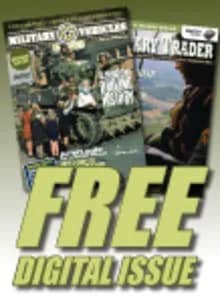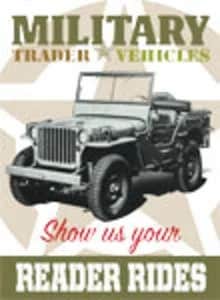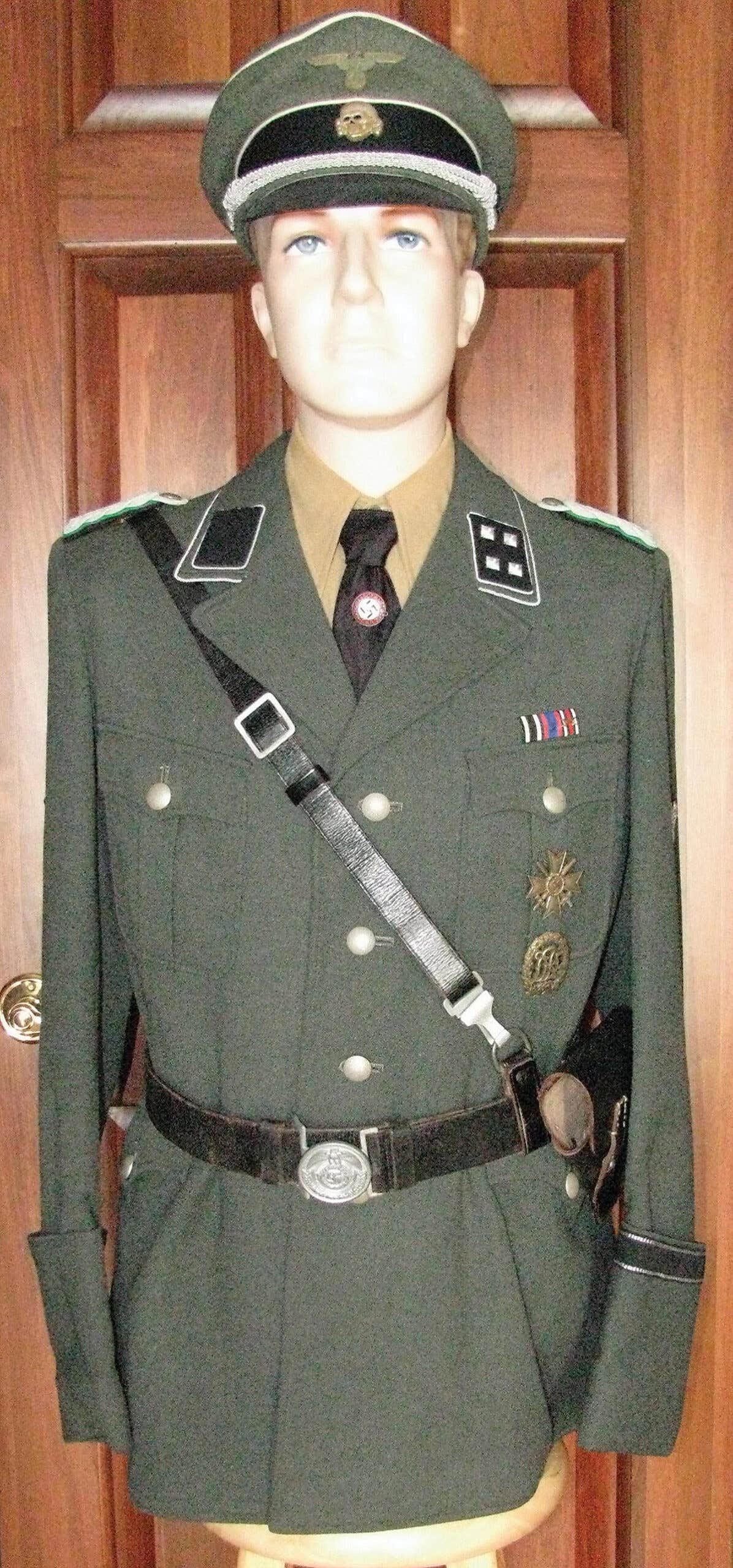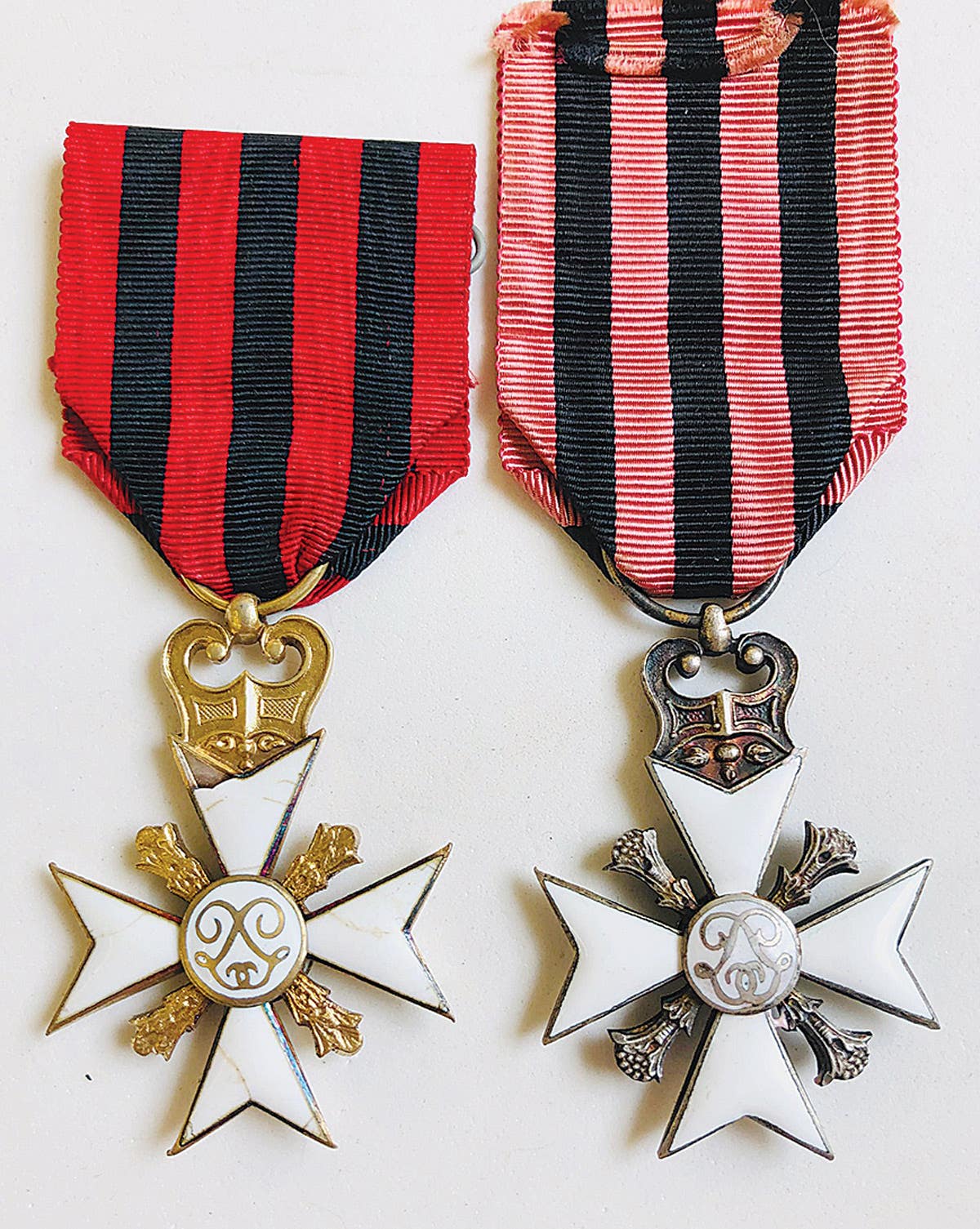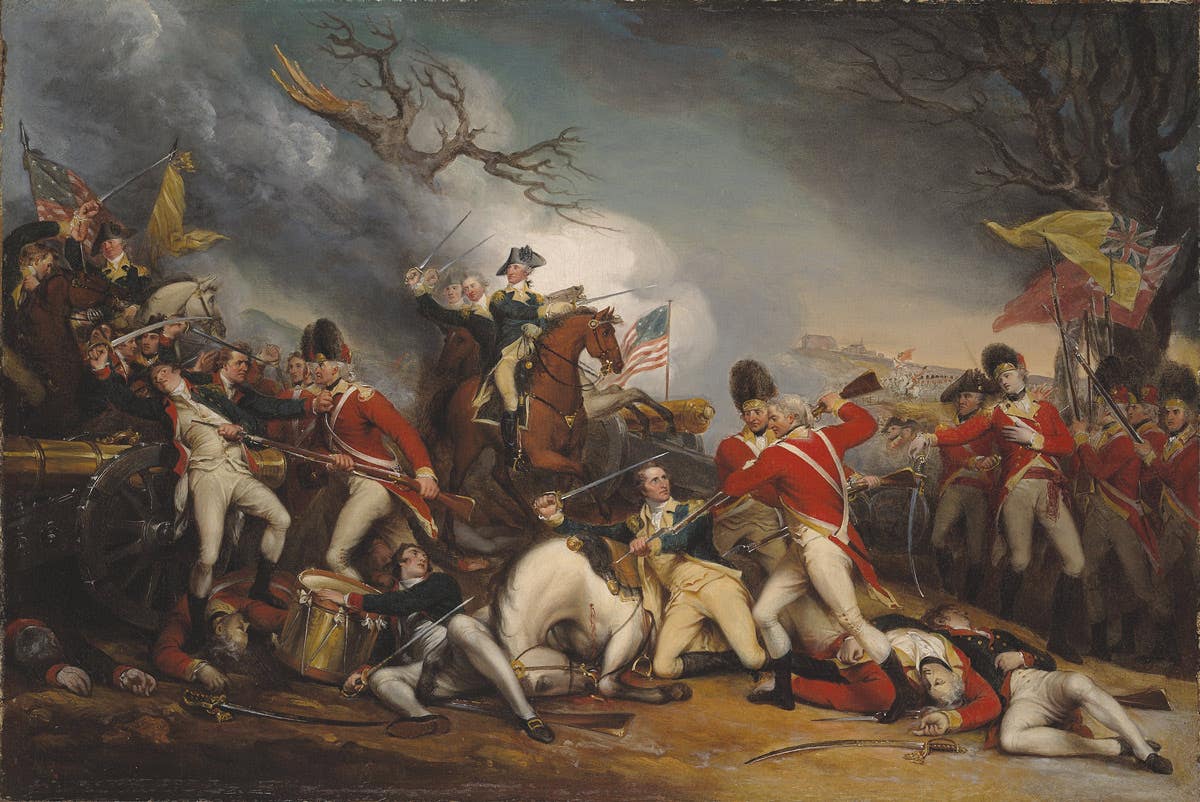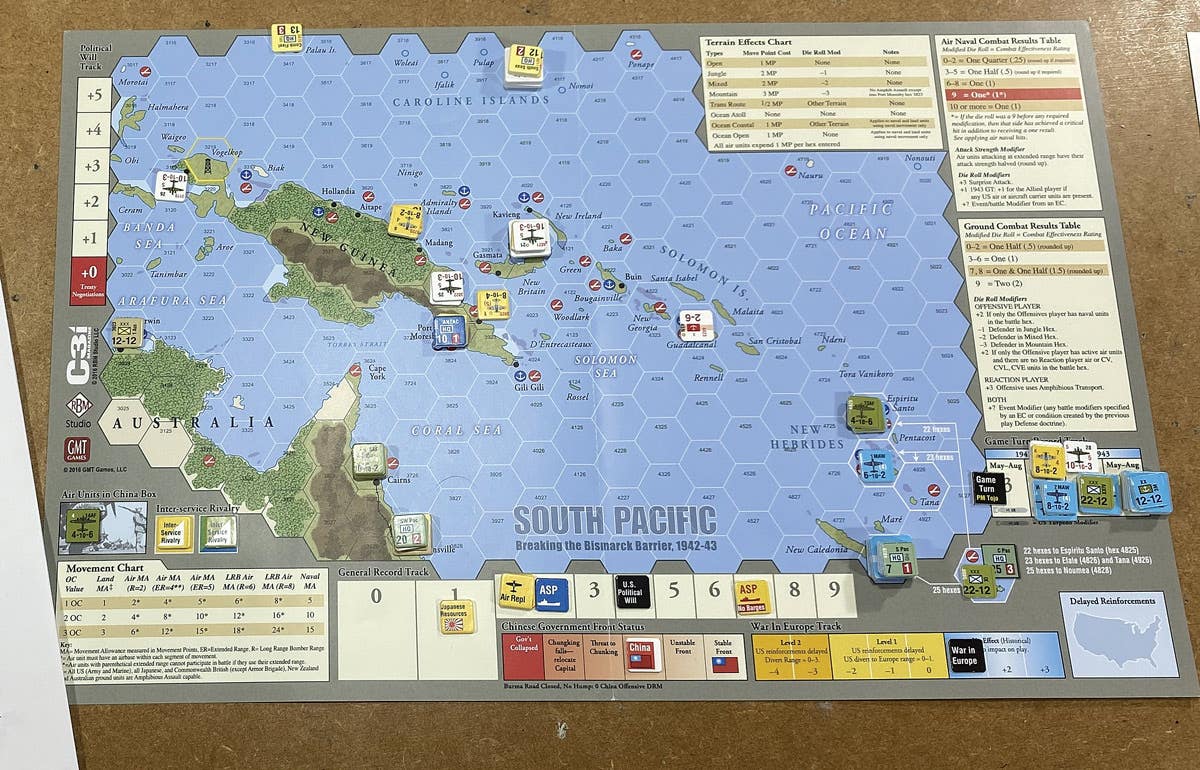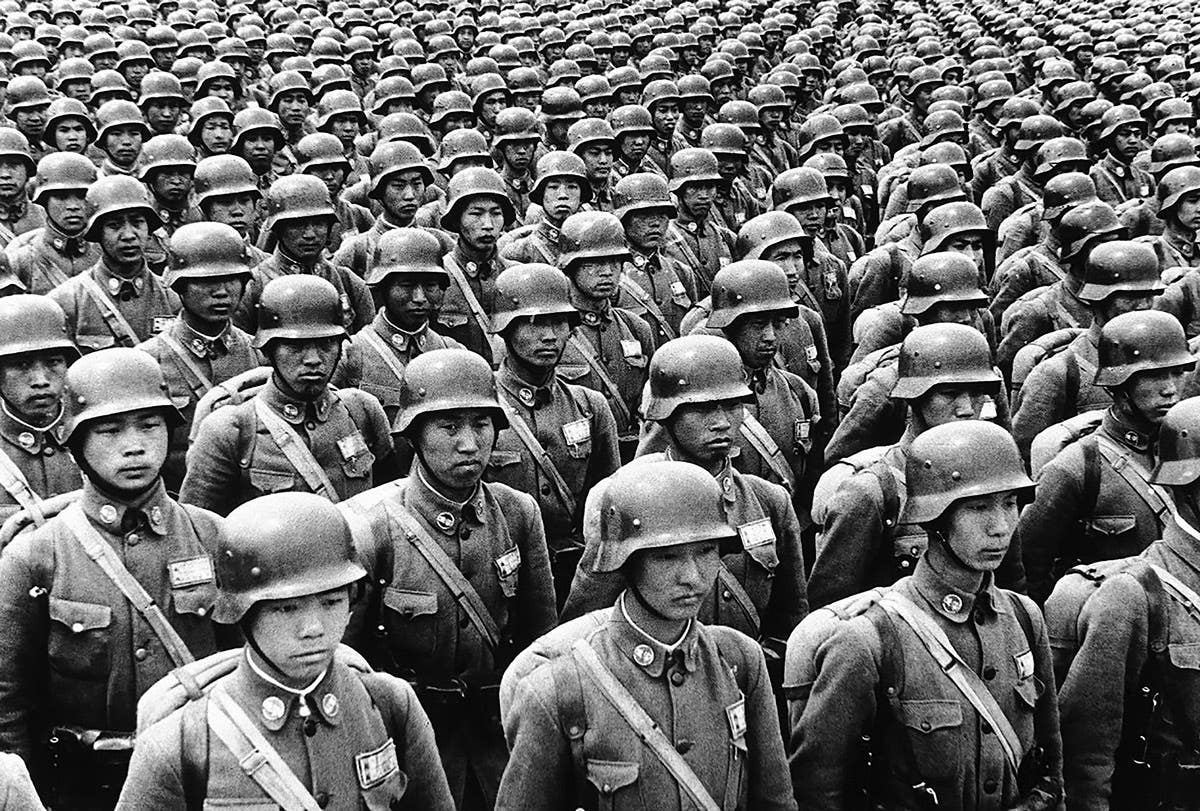Spanish Army Uniforms under King Alfonso XIII
Spain’s military uniforms worn during Spanish-American War, WWI, and up to WWII
The number “13” is generally considered unlucky in western culture. This superstition dates back, at least, to the Middle Ages. A serious aversion to the number is probably just silly, but it appears in the case of King Alfonso XIII of Spain that Triskaidekaphobia, the fear of the number 13, may have been justified.
Born in Madrid on May 17, 1886, six months after the death of his father, the infant Alfonso, was immediately proclaimed king at birth. His mother, Queen Maria Cristina of Austria, acted as regent under the Spanish constitution until he reached the age of maturity, 16, in 1902. His reign would end in exile on April 14, 1931. He lived the remainder of his life in Italy and France, dying in Rome on February 28, 1941.
During his rule, Spain lost all of her American and Asian colonies during the Spanish American War of 1898. She fought a series of costly and disastrous wars in North Africa throughout the first quarter of the 20th Century, ending in a hollow victory and shaky peace in 1927. All during his reign, Spain’s economy steadily declined so that the Great Depression of the late 1920’s hit the nation especially hard. This, combined with the king’s tolerance of the failed dictatorship of Prime Minister Miguel Primo de Rivera, led to a popular uprising, mostly bloodless, and declaration of the Second Spanish Republic in 1931.
His time in Spanish history was not without a few bright spots, however. He did manage to keep Spain neutral during the First World War, although a sizable number of Spaniards volunteered for the French Army and Spanish industries supplied the Allies with uniform cloth, a variety of secondary issue revolvers and automatic pistols and even aircraft engines.
His reign witnessed the rise of the greatest Spanish soldier of the 20th Century; Francisco Franco. Along with his recklessly courageous and oft wounded commander, Millán Astray (nicknamed the “Gloriously Mutilated One” for his many lost body parts), Franco co-founded the Spanish Foreign Legion for the king in the 1920’s. Together through iron discipline, they would mold this unit, originally comprised of adventurers, ex-criminals and other ne’er-do-wells, into the nation’s premier elite fighting force. Franco’s many later accomplishments are generally well known. In addition, he had a rather large and ungainly luxury car named after him and, as a great fan of European football (“soccer” to Americans), he gave royal patronage and titles to several teams, including the still active world champion Real Madrid.
UNIFORMS OF THE ALFONSIAN PERIOD
Army uniforms of the Alfonsian period were both colorful and varied in detail, two features prized by both romantically inclined Spanish girls of the period and modern militaria collectors. Dress regulations codified in the mid 1880s, with some minor modifications as time passed, the most important being in 1908. Established was the basic appearance of the army for the remainder of the period and, indeed, the full dress uniform still used today.
Most foot troops wore uniforms similar to that adopted by the Infantry in 1886. The uniform consisted of a shako, called a Ros, of light gray or white felt with a black leather visor and sloped crown; a single breasted dark blue wool tunic that closed with seven brass buttons and had a red collar bearing brass regimental numbers. trousers were madder red with a dark blue double side stripe. On campaign, a steel blue double breasted greatcoat was habitually worn in the French manner. Leather accoutrements were black until 1911, brown thereafter.
In keeping with European tradition, the mounted services were clothed in a more colorful fashion. Depending on which branch of the Cavalry a man served in, he could wear either a shako, busby or metal spiked helmet. Tunics were generally light blue, white or red. Details varied considerably from unit to unit.
Such uniforms were fine for the forces in Spain, called the Peninsular Army, but in her overseas colonies, the “Ultramar”, troops wore lightweight tropical cotton uniforms of closely woven blue and white pin stripes known a rayadillo. In 1903, a new version of the rayadillo uniform was adopted as a summer service dress for troops in Spain and North Africa. It differed from its colonial forerunner in that the stripes were much wider and spaced about an half inch apart.
In 1914, the first khaki field service uniform was introduced, eventually replacing the uniquely Spanish rayadillo. The tunic had a standing collar, seven brass buttons, and two patch pockets on the chest. This was worn with either the Ros or a khaki sun helmet. Around 1917 a soft khaki canvas brimmed hat, called the Americano because it bore a slight resemblance to the US Army’s campaign hat, replaced the sun helmet.
New regulations in 1926 established the first universal service uniform ever adopted by the Spanish military. It was the same for all branches of the army with only the insignia to denote to which arm a soldier belonged.
The tunic, now with a more comfortable roll collar replacing the antiquated standing one, was olive in color and made in wool for winter and canvas for summer. The old metal buttons were replaced by ones of natural colored pressed wood or leather. Initially, an olive wool beret was worn but was replaced shortly before the king’s exile by a matching side cap with branch color piping and tassel similar to that worn by Belgian soldiers. Breeches with integral leggings, called granaderos and a wool poncho, the capote-manta in place of a greatcoat, were unique Spanish additions to this uniform.
This uniform would outlast the king who authorized it. It would be the combat dress that Spanish soldiers would continue to wear during the dark and bloody years of the Civil War of 1936 to 1939.
PHOTO SURVEY OF SPANISH ARMY UNIFORMS
Many collectors will be surprised to see very little German influence on Spanish military fashion. It is mistakenly supposed that because Spain bought Mauser rifles from Germany that Teutonic military dominance would come packed in the crates along with the ammunition.
The Rough Rider movie got it wrong—there were no German advisors nor any Maxim machine guns on San Juan Hill. In reality, France, England and even Belgium had more effect on Spanish uniform design than did Germany.
In honor of King Alfonso’s unlucky number, 13 period photographs have been selected to illustrate the evolution of Spanish uniforms under this hapless monarch. This is just a glimpse for collectors into the fascinating and mostly undiscovered field of Spanish militaria and the research connected to it.
You may also like:
*As an Amazon Associate, Military Trader / Military Vehicles earns from qualifying purchases
A prolific author and collector, Bill maintains "The Spanish Colonial Uniform Research Project," an ongoing study of the uniforms and equipment of the Army of Spain during the late colonial period and the Spanish American War, 1868 - 1898. Click here for more info: ¡RAYADILLO!
